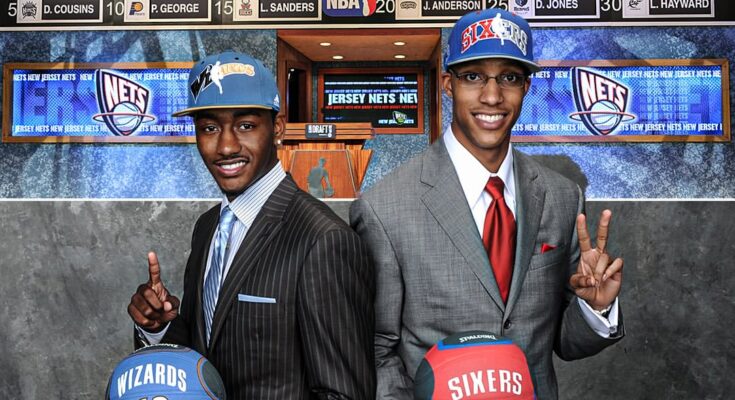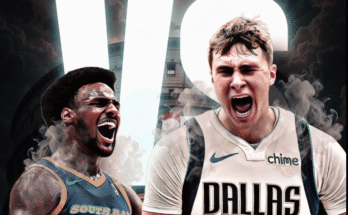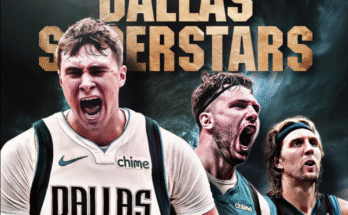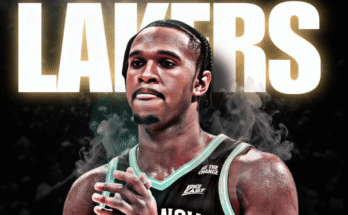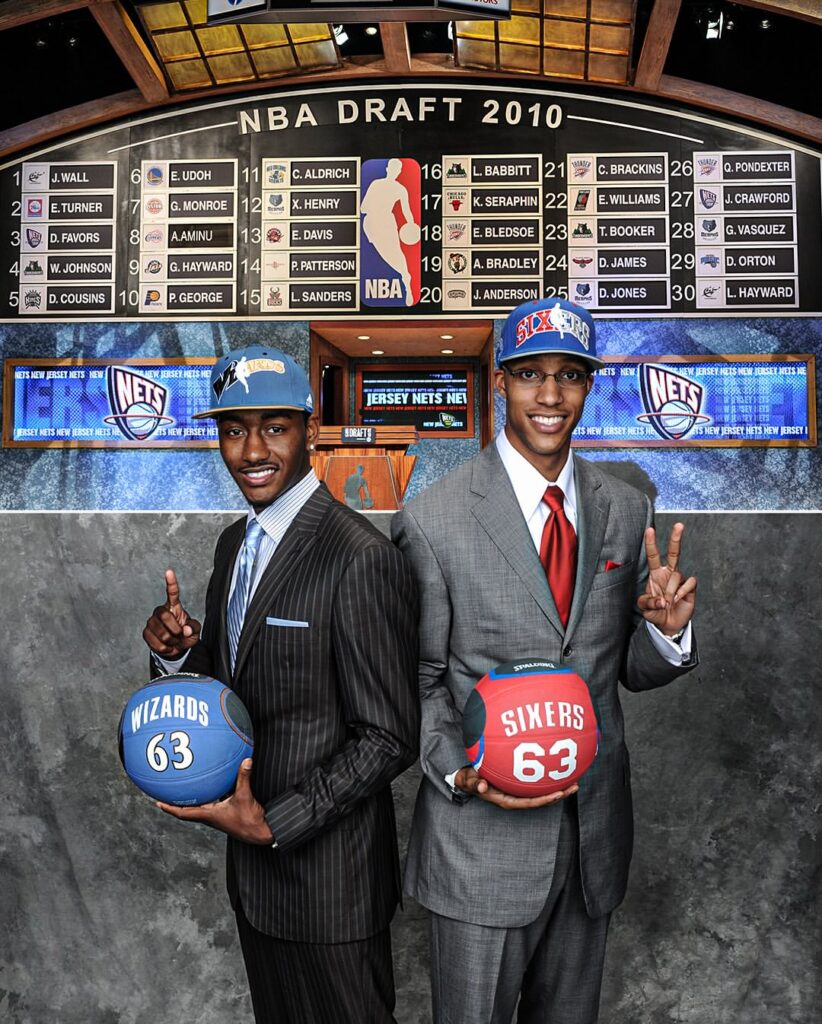
When the Indiana Pacers selected Paul George with the 10th overall pick in the 2010 NBA Draft, it was met with a mixture of curiosity and cautious optimism. Coming out of Fresno State, George wasn’t a household name. He wasn’t dominating national headlines like John Wall or DeMarcus Cousins, but the Pacers saw something in him that others overlooked: untapped potential, freakish athleticism, and a defensive motor that could anchor their wing rotation for years to come.
Fast forward to today, and it’s easy to say — without hesitation — that Indiana absolutely nailed that pick. Even in a redraft scenario, with the benefit of hindsight and the performance of the rest of the 2010 class on the table, the Pacers would still pick Paul George at No. 10. That decision turned out to be one of the most defining draft moments in franchise history.
The Rise of PG13
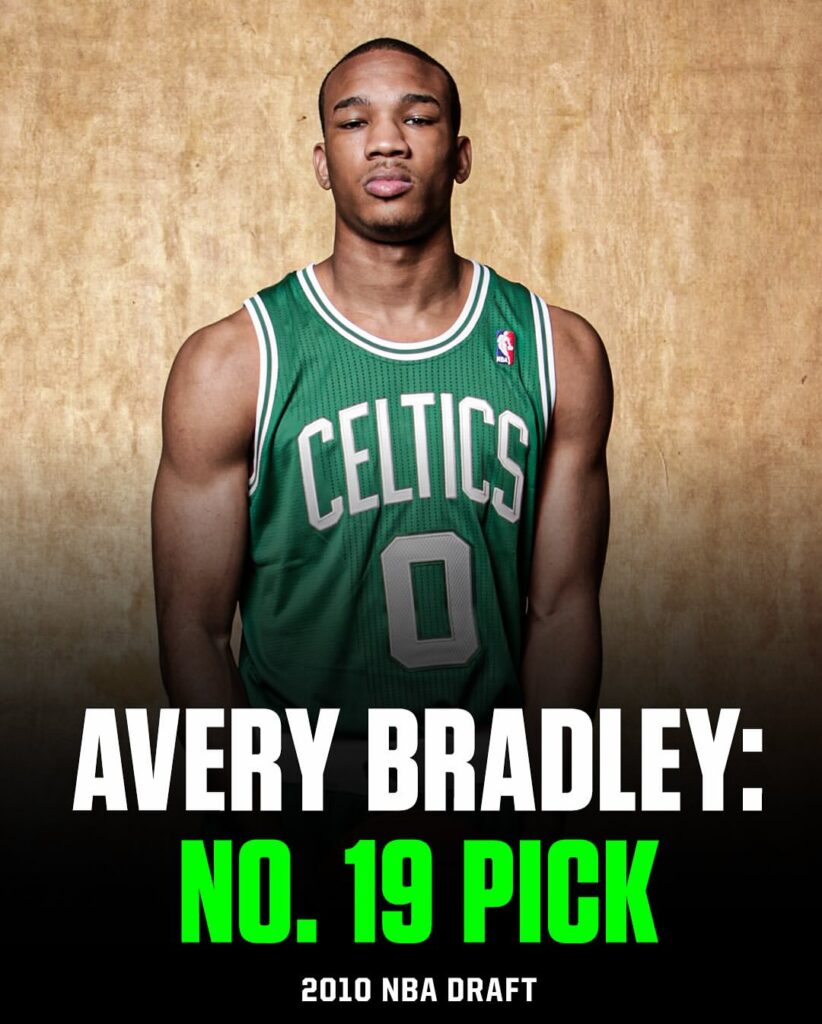
In his early years with Indiana, George developed gradually. He wasn’t thrust into the spotlight right away, which allowed him to grow without immense pressure. But by his third season (2012–13), everything changed. With Danny Granger injured, George was given the keys to the franchise — and he didn’t disappoint.
That year, he averaged 17.4 points, 7.6 rebounds, 4.1 assists, and 1.8 steals per game, earning his first All-Star appearance and taking home the NBA’s Most Improved Player award. More importantly, he led the Pacers to the Eastern Conference Finals, pushing LeBron James and the Miami Heat to seven games.
It was during these playoff runs in 2013 and 2014 that George officially arrived as a superstar. His two-way play — locking down the opposing team’s best wing while scoring at all three levels — gave Indiana a legitimate shot at an NBA title. His battles with LeBron became must-see TV, and the Pacers transformed into one of the toughest defensive teams in the league.
The Injury That Changed Everything
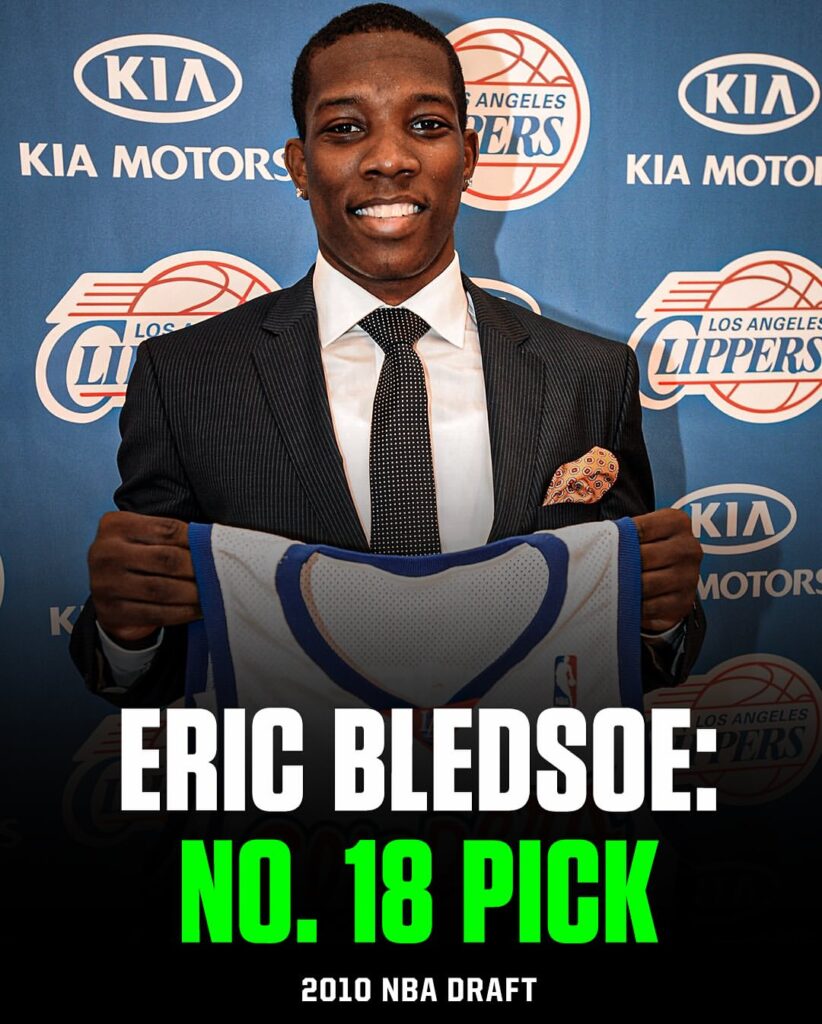
On August 1, 2014, while scrimmaging with Team USA, Paul George suffered one of the most gruesome injuries in NBA history: a compound fracture of his right leg. It was a moment that not only shook Pacers fans but the entire basketball world. Many feared that George’s career would never be the same.
To his credit, PG showed remarkable resilience. He returned late in the 2014–15 season and slowly began working his way back to form. By 2016, he was once again putting up All-Star numbers and leading Indiana back to the playoffs. However, something had changed. The roster around him wasn’t strong enough to contend, and the front office struggled to build a winning team post-injury.
The Trade That Rewrote the Franchise
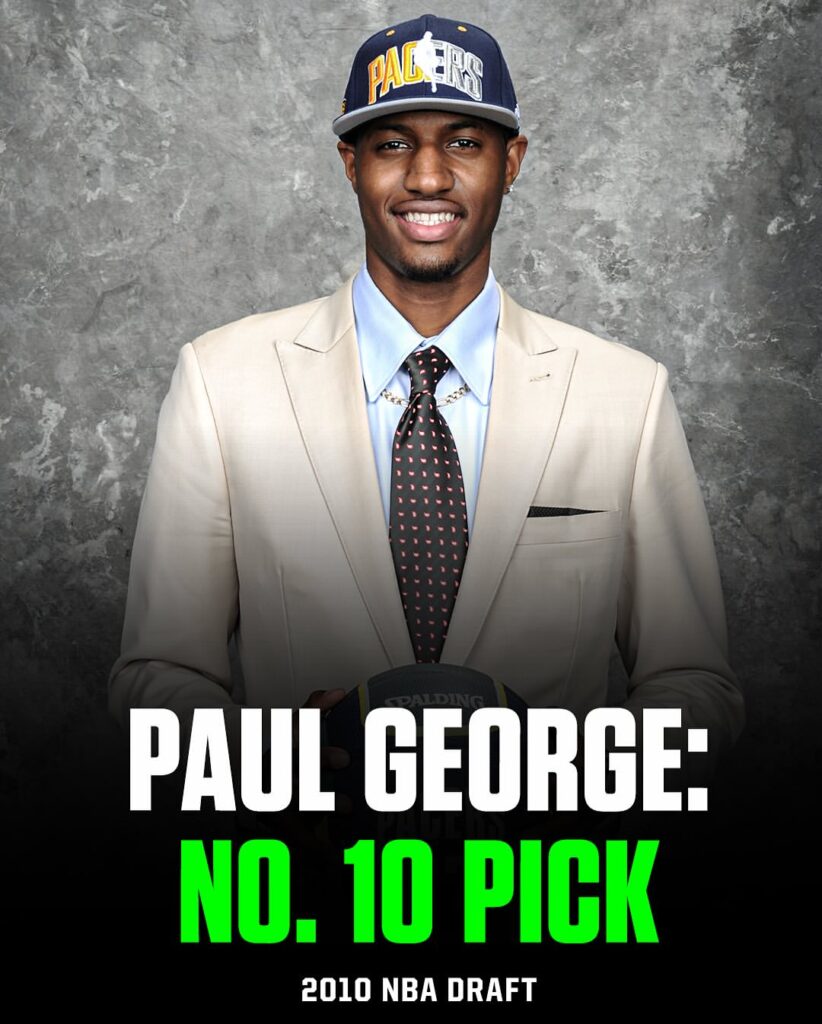
In 2017, George informed the Pacers that he planned to leave in free agency. Rather than risk losing him for nothing, Indiana traded him to the Oklahoma City Thunder for Victor Oladipo and Domantas Sabonis. At the time, the trade was widely criticized — but history would prove it to be a win-win.
For George, his time in OKC and later with the Clippers added new chapters to his career. He’s remained a perennial All-Star and one of the most respected two-way players in the game. But it’s his time in Indiana that solidified his legacy. He gave the franchise an identity during a crucial time, and despite the abrupt end, his impact was long-lasting.
Meanwhile, Oladipo became an All-Star in Indiana and helped lead the Pacers to multiple playoff appearances, while Sabonis blossomed into one of the best passing big men in the league. In many ways, George’s departure allowed the Pacers to rebuild on the fly — and they did so admirably.
Legacy in Indiana
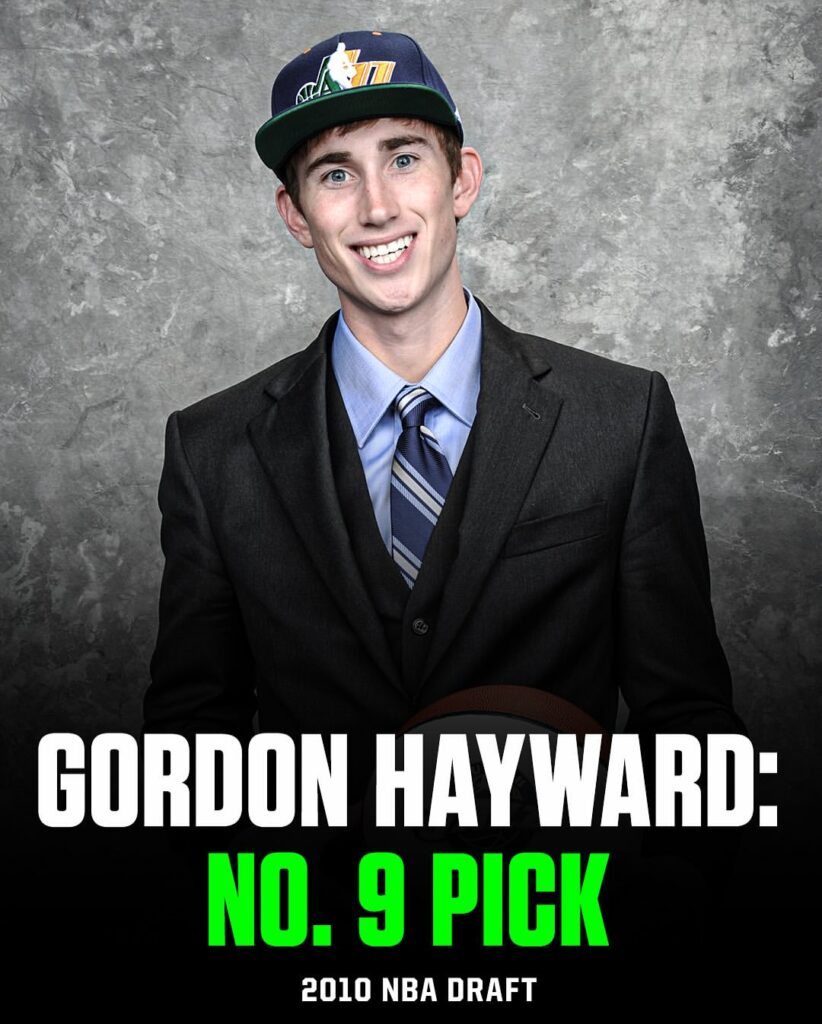
Even though he’s no longer wearing a Pacers jersey, Paul George’s imprint on the franchise is indelible. He was the face of the team during one of its most competitive stretches in recent history. He made All-NBA teams, played elite defense, and turned Indiana into a destination worth watching every postseason.
From 2010 to 2017, George averaged 18.1 points, 6.3 rebounds, 3.2 assists, and 1.7 steals per game with the Pacers. He was a four-time All-Star during that span and led the team to multiple playoff appearances, including two trips to the Eastern Conference Finals.
In a redraft of the 2010 class — which includes other stars like Kawhi Leonard (picked 15th), Gordon Hayward, and John Wall — it’s tempting to speculate how differently the Pacers could have gone. But the truth is, Paul George was the perfect fit for Indiana. His style, attitude, and effort mirrored the gritty, hard-nosed basketball culture the city cherishes.
A Franchise-Defining Pick
When evaluating draft picks, the goal is not only to select the best player available but also someone who can elevate the franchise. Paul George did just that. He became a legitimate MVP candidate, carried the team deep into the playoffs, and gave fans memories they won’t soon forget — whether it was that game-winning dunk over Birdman, those iconic duels with LeBron, or the way he bounced back from injury.
The Indiana Pacers could have gone in a number of directions at No. 10 in 2010. But they chose Paul George. And even today, with all that’s happened since, they wouldn’t change a thing.
